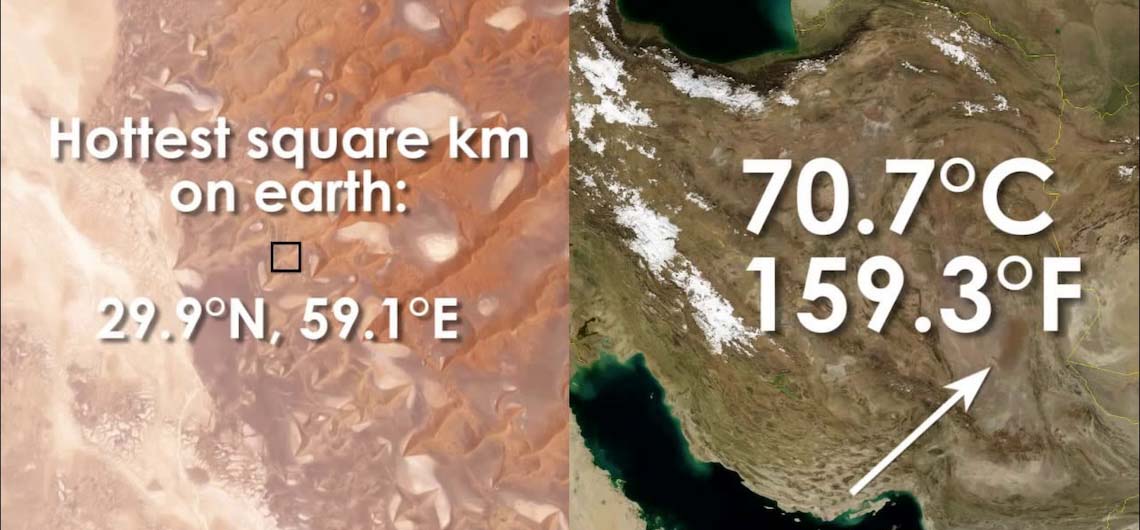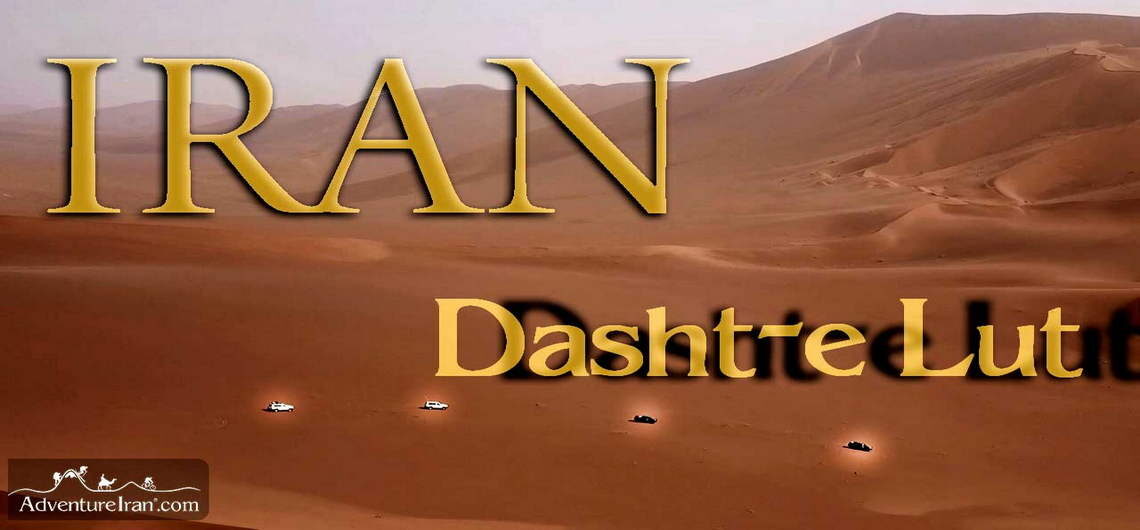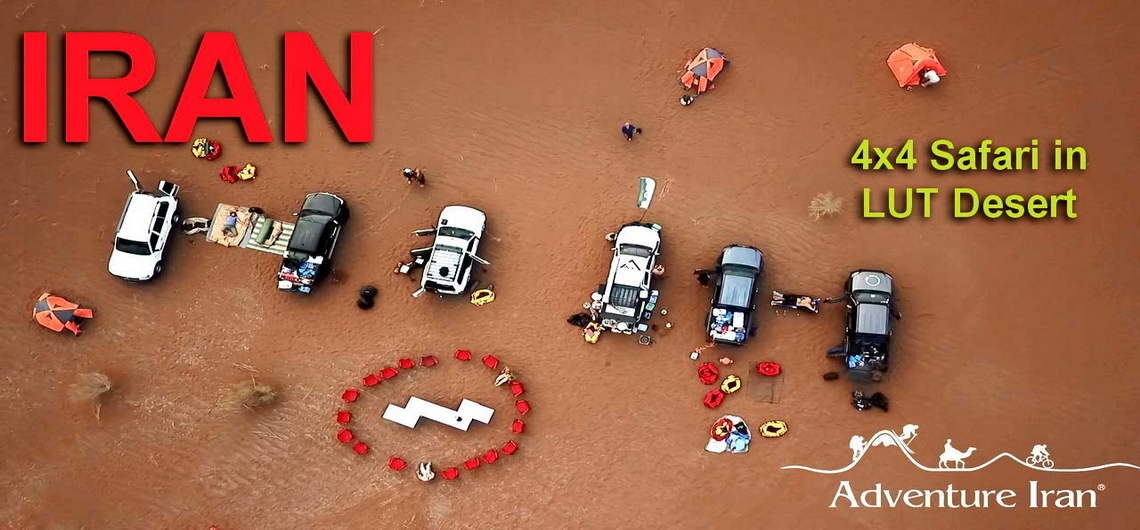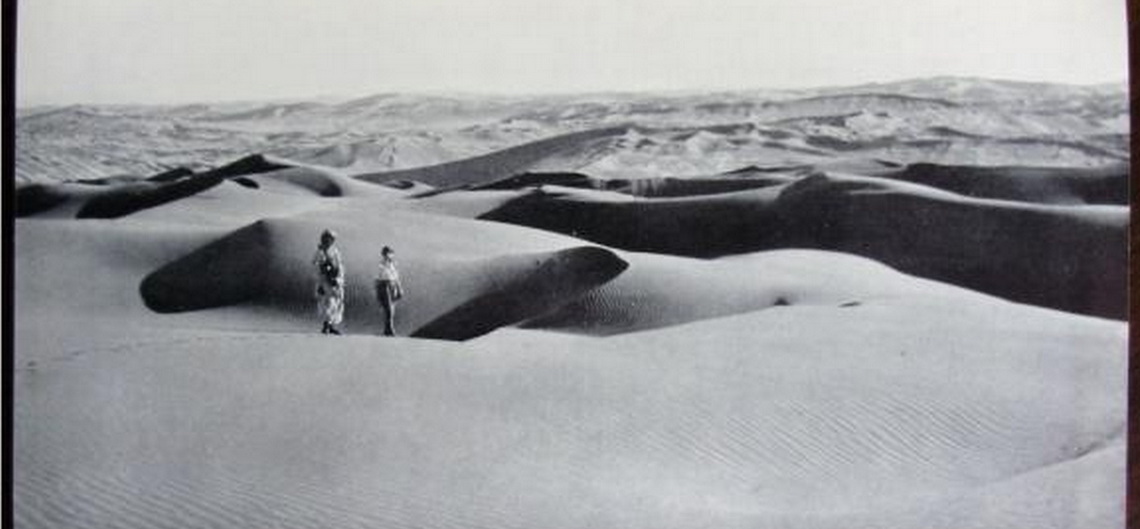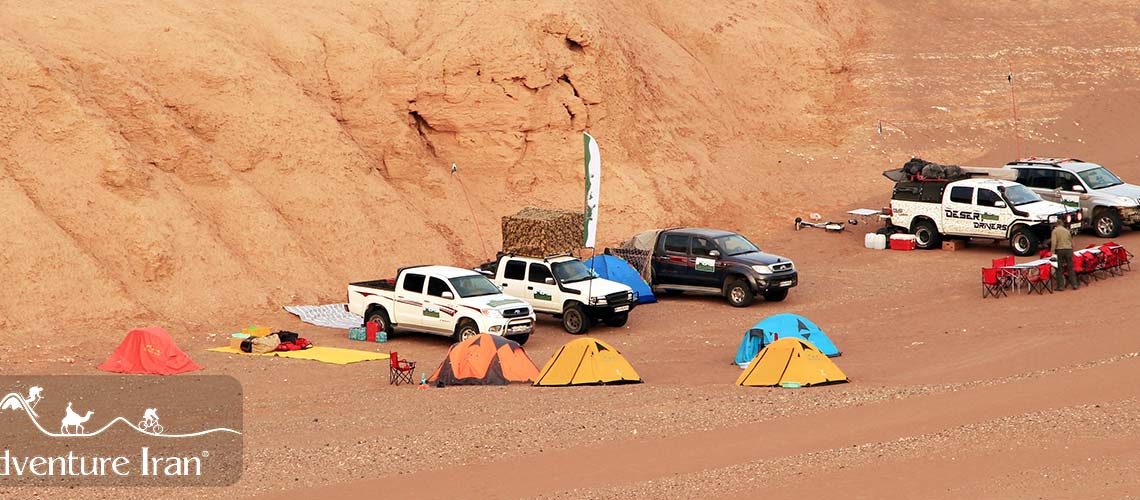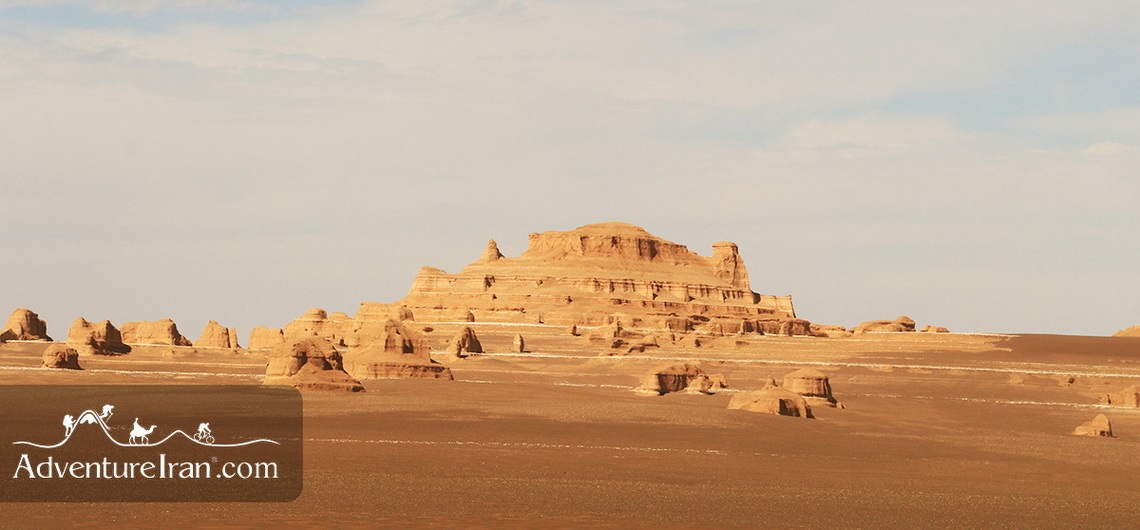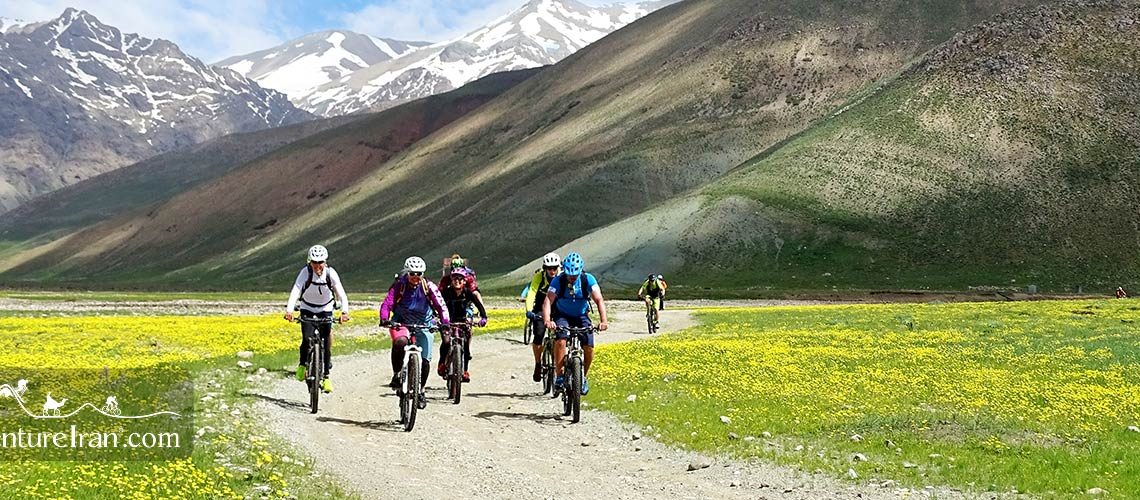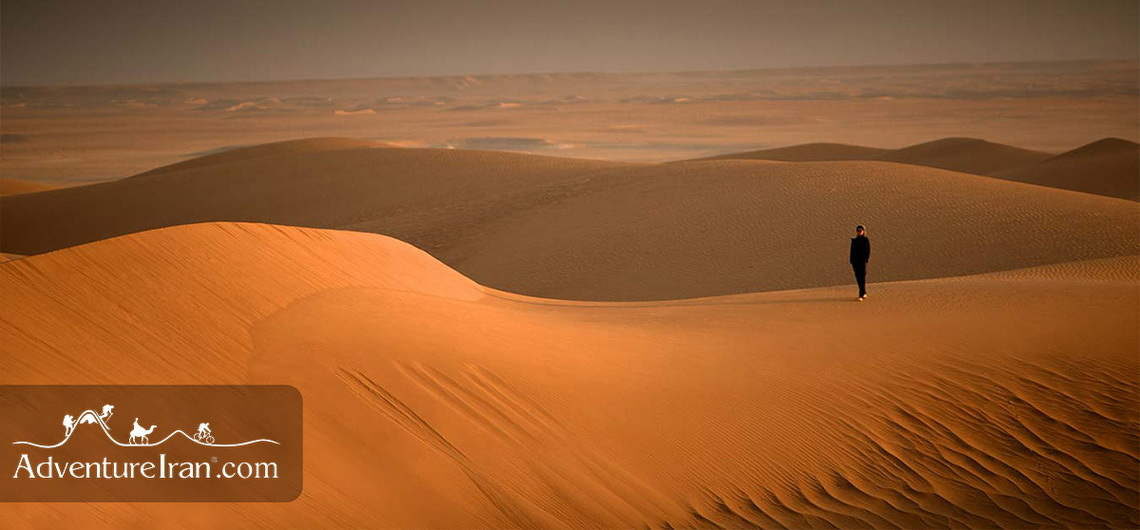Gandom Beryan: Unveiling the Secrets of the World’s Hottest Place in the Lut Desert I. Introduction: The Lut Desert’s Fiery Crown Nestled within the arid expanse of the Lut Desert in southeastern Iran, Gandom Beryan stakes its claim as the hottest place on Earth. This natural wonder, shrouded in mystery and extremes, beckons
4X4 Lut Desert Safari This video is a snapshot of our different expedition Lut Desert safari trip that we performed with jeeps inside of the desert. The trip was mostly 4X4 but camping and some trekking made for a special experience. Lut desert, as you might know, is the perfect desert experience because you can
Video Story: A 4X4 Safari in Dasht-E Lut desert
- Attractions, UNESCO Cultural Heritage, Videos
- 4x4 desert safari, 4x4 safari, Adventure Iran, Dasht-e Lut, Dasht-e Lut Desert, Desert Safari, Iran 4x4, Iran 4x4 tours, Iran Adventure, Iran Dasht-e Lut, Iran Desert, Iran Desert Safari, Iran Desert Safri Tours, Iran Desert Tours, Iran Lut Desert, Iran Safari, Iranian UNESCO Site, Lut, Lut Desert
4X4 Safari in Dasht-E Lut desert The clip is an adventurous 4×4 desert safari in the heart of Dasht-e Lut desert that we arranged for an Italian group, performed in November of 2018. Dasht-e Lut is one of the two main deserts which are located in the south east of Iran, it’s one of the
Alfons Gabriel and Iran Alfons Gabriel (1894 – 1976) was an Austrian geographer and travel writer who made several trips to Iran’s deserts. Gabriel wrote five books about his trips and findings in Iran. His book, Durch Persians Wüsten (1935, meaning Through Persia’s Deserts), has been translated into Persian. On his second trip to Iran
Desert 4×4 Safari in Iran Desert 4×4 Safari in Iran is one of the main activities that most travelers would like to experience on their journey to Iran. As you may know, Iran has two deserts; Dasht-e Kavir and Lut deserts. They are both perfect for a 4×4 safari for all adventurous travelers in search
Dasht-e Lut Desert Introduction of Lut Desert The Lut Desert also called Kavir-e Lut, or Dasht-e-Lut Desert is the second desert of Iran in terms of vastness, and is located in the southeast of the country. It is the world’s 27th largest desert, and was inscribed on UNESCO‘s World Heritage List on July 17, 2016.
Mountain Biking in Iran Mountain Biking in Iran is a new activity for adventure travelers who come from all around the world. Iran is really an ideal mountain biking destination, but, unfortunately, it is not yet covered in the press and media. There are many Mountain Biking clubs, and over the past ten years, this
Iran Deserts Iran DesertsThe deserts in Iran are probably its main attraction. These deserts are vast and spectacular covering 25% of the entire country. The two main ones are Dasht-e Kavir and Dasht-e Lut, both being gigantic. Dasht-e Kavir, also called Kavir Desert, Iran Central Desert, or in Persian Kavir Markazi-e Iran is situated to

